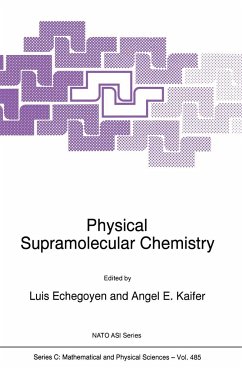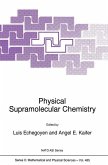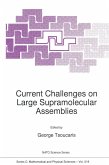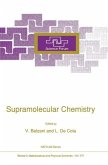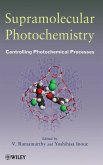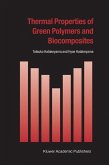The field of Supramolecular chemistry has reached a high level of sophistication and maturity, especially in the last 5-10 years. The sophistication is primarily evident in the highly complex chemical architectures that have been synthesized to accomplish specific functions such as selective binding and transport of substrates, in catalysis, and for the formation of assemblies, to name just a few of the applications. Many other molecular structures have been synthesized to form unusual materials with interesting and/or useful properties. From this point of view, the field is mature, as would have been anticipated from its historical development, starting in 1967 with Pedersen and the crown ethers. Since that time, the field has evolved mainly from a synthetic organic perspective. There are notable exceptions to this statement, but in general it holds true that the major advances were made in the laboratories of organic chemists with considerable topological insight. by The designand synthesis of the molecules was also partly guided physical insight provided by measurements and calculations done by physical chemists. As a consequence, many chemical systems were synthesized in relatively small amounts to afford their full characterization but not in large enough quantities to fully explore their intended properties or structures. Thus in the decades of the 70's and 80's physical chemists played an important role in guiding the future directions in the field, providing needed structural and energetic information and providing improved experimental designs.
Hinweis: Dieser Artikel kann nur an eine deutsche Lieferadresse ausgeliefert werden.
Hinweis: Dieser Artikel kann nur an eine deutsche Lieferadresse ausgeliefert werden.

